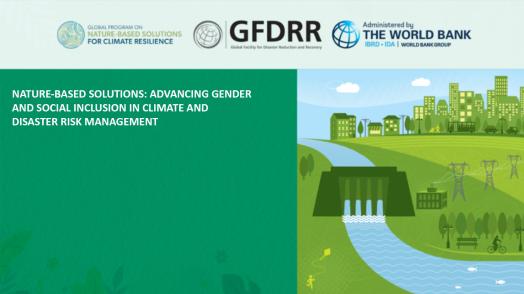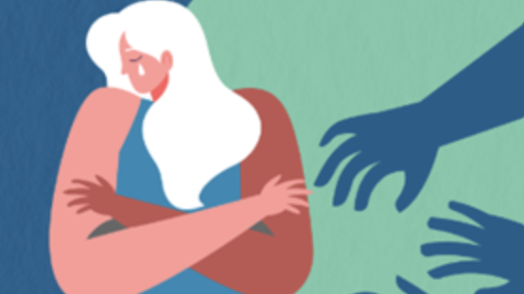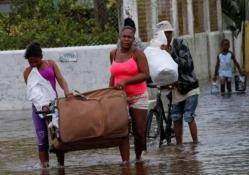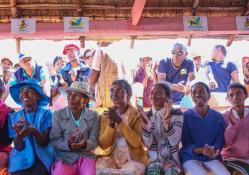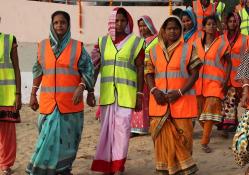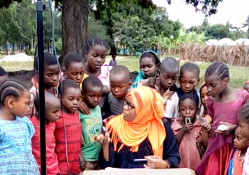Disasters are not gender neutral. They often affect women and girls disproportionately to men and boys due to gender inequalities caused by socioeconomic conditions, cultural beliefs, and traditional practices. Understanding different gender roles, responsibilities, needs, and capacities are critical to identify, reduce, prepare, and respond to disasters for effective disaster risk management (DRM), and to better understand how to support women and girls as their own advocates and agents of change. GFDRR’s leadership in promoting gender equality in DRM has paved the way for expanded activities to support women’s empowerment and raise awareness of the intersectionality with other identities.
Gender equality in DRM refers to analyzing how gender differences and gaps -- in terms of access to political, economic, and social resources -- affect women and men’s resilience to natural hazards; planning concrete actions to address those disparities to reduce underlying vulnerabilities; and assessing the impacts of those actions. This helps to determine women and men’s capacity to cope with and recover from future shocks and situates gender-responsive DRM as part of the broader structural socio-economic efforts to combat gender inequality.
Significant evidence shows that despite gender-differentiated vulnerabilities, women and girls are also powerful agents of positive change before, during, and after disasters occur. Women’s empowerment includes facilitation of capacity building and leadership training to have representation in decision-making activities.
Under the previous Social Resilience program, GFDRR committed to integrating gender-sensitive approaches into disaster risk management efforts through the Gender Action Plan (2016-2021). Some of the key priorities have included:
- Understanding and addressing the different needs of men and women in DRM activities; and
- Promoting women’s empowerment by building their capacity and facilitating opportunities for representation in DRM decision-making.
Building upon these concerted efforts, GFDRR’s Inclusive DRM and Gender Equality Cross-Cutting Priority Area is targeting that 100 percent of new GFDRR grants are gender-informed and at least 90 percent of new GFDRR grants include gender analysis. The aim is to substantively advance gender equality in DRM policies and programs by addressing the existing gaps in approaches and resources within the DRM field.
GFDRR recognizes that there is a lack of relevant sex-disaggregated data, which makes it difficult to appropriately assess the differential impacts of disasters on men and women. Due to limited awareness of the importance of sex-disaggregated data and the insufficient capability of existing systems and processes to capture such information, GFDRR is dedicated to supporting countries to collect better and more sex-disaggregated data to inform DRM programming and further mainstream gender equality.
For more information on our work on Inclusive DRM and Gender Equality, please click here.
Highlights
Blogs

This e-learning course will help you understand how your disaster risk management (DRM) projects can equally benefit women and men by addressing the effects of gender roles and inequality on risk and resilience to natural hazards, as well as how to address them, complete with case studies.

